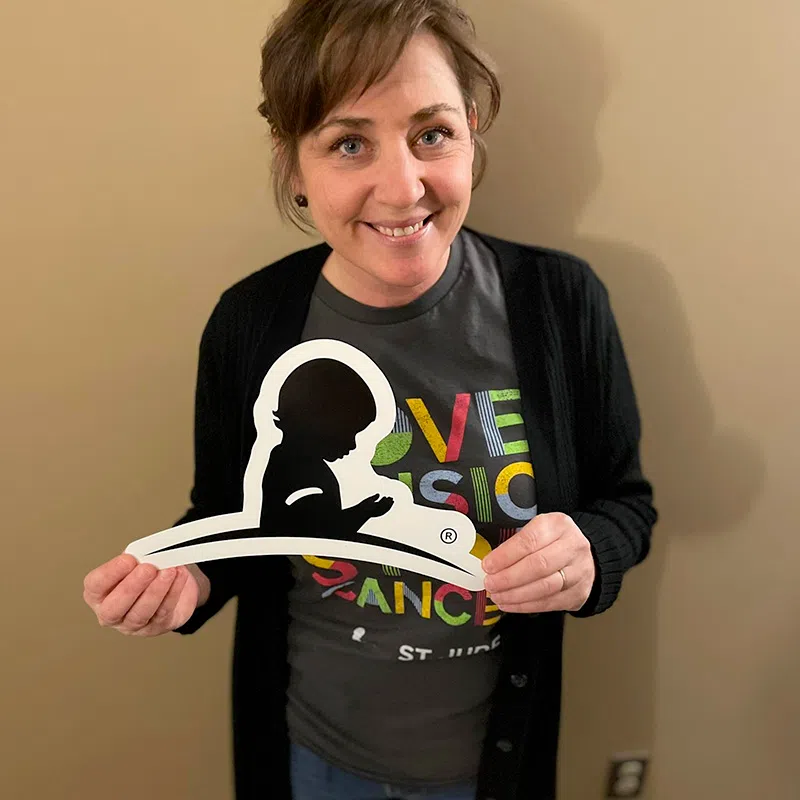TERRE HAUTE, Ind. (WTWO/WAWV) — 75 years ago, Clarence Walker made history.
He did the minute he stepped on the court for the Indiana State Sycamores in 1946– becoming the first Black player on the men’s basketball team, according to local historian Crystal Reynolds.
“The amazing coach John Wooden joined Indiana State, and one of the first things he did was he brought in Clarence Walker. Clarence Walker desegregated Indiana State Teacher’s College basketball team. John Wooden made this happen, along with the President of the University at the time, President Ralph Tirey,” she said.
The team made the NAIB– now known as the NAIA– postseason tournament in Walker’s first year, but declined to participate due to their rule barring Black players.
“The NAIB had this gentlemen’s agreement that basically said no African-Americans can play in the postseason tournaments,” she said. “John Wooden, to his credit, an amazing man, in 1947, he basically said, ‘Well, if Clarence Walker can’t come, then the team won’t come.’”
The next year, they were right back in the same situation. But this time, the NAIB budged. Therefore, when he stepped on the court in 1948, Walker became the first Black player to participate in a collegiate postseason basketball tournament.
“The NAIB actually blinked, and said, ‘We will allow him to come.’ I say it and it’s like a simple statement, but this was a tremendous event,” Reynolds said. “Because this is the Jim Crow era. As you know, African-Americans had been treated like second-class citizens. Their treatment in college basketball was a part of their second-class citizenship.”
Walker still dealt with that discrimination — the tournament didn’t want him seen around his white teammates, forcing him to stay at a separate hotel and eat without his teammates. But Wooden negotiated a compromise.
“John Wooden made arrangements for him to stay with a local family, but he will eat with us. He rented a separate area for Wooden to have all of his players together. He said, ‘we are a team, we eat together,’” she said.
He finally stepped on the court — making history in the process.
“He went there in March of 1948 and played, he scored three points [in the title game] and he desegregated postseason basketball tournament play in the United States,” she said. “And that has gone pretty much unnoticed.”
Reynolds is taking steps to get the story out to celebrate the anniversary. She will give a presentation at the Vigo County Historical Museum on Feb. 25th detailing Walker’s story. She said she thought it was important to talk about these stories– and help people understand America’s history.
“History is not always pretty. In 1948, a Black person couldn’t play on a basketball team. Jim Crow was rampant. The schools in Terre Haute, at least the elementary schools, were still segregated in 1948. That’s not a pretty story. But it is the story of America,” she said.
“The good news is Indiana State University, at the time Indiana State Teacher’s College, and Terre Haute, and good people tried to make things better for Black Americans and for everybody,” she said. “We need to hear these stories. We need to hear the good, and the bad. We need to hear the triumphs of African-Americans but also the trials.”
One local lawmaker is helping her get the word out. Earlier this month, State Senator Jon Ford passed a resolution in the senate celebrating the anniversary.
“For our community to stand by both Coach Wooden and his players is just a huge statement we should be proud of,” he said.
Reynolds said she wanted the university to put up some sort of marker as a memorial for Walker and his courageous story.
“If I see a plaque on ISU’s campus, or a plaque in the city or a plaque somewhere, or even a bench that tells the story, I will be happy, because at least the story’s being told.”
And Reynolds said that story wouldn’t be possible without the support of Walker’s teammates, coaches and community.
“We need to hear about what other people did to make it right. Because we wouldn’t have a Clarence Walker story without John Wooden or other people around them. It’s not just a Black story, it’s an American story.”






